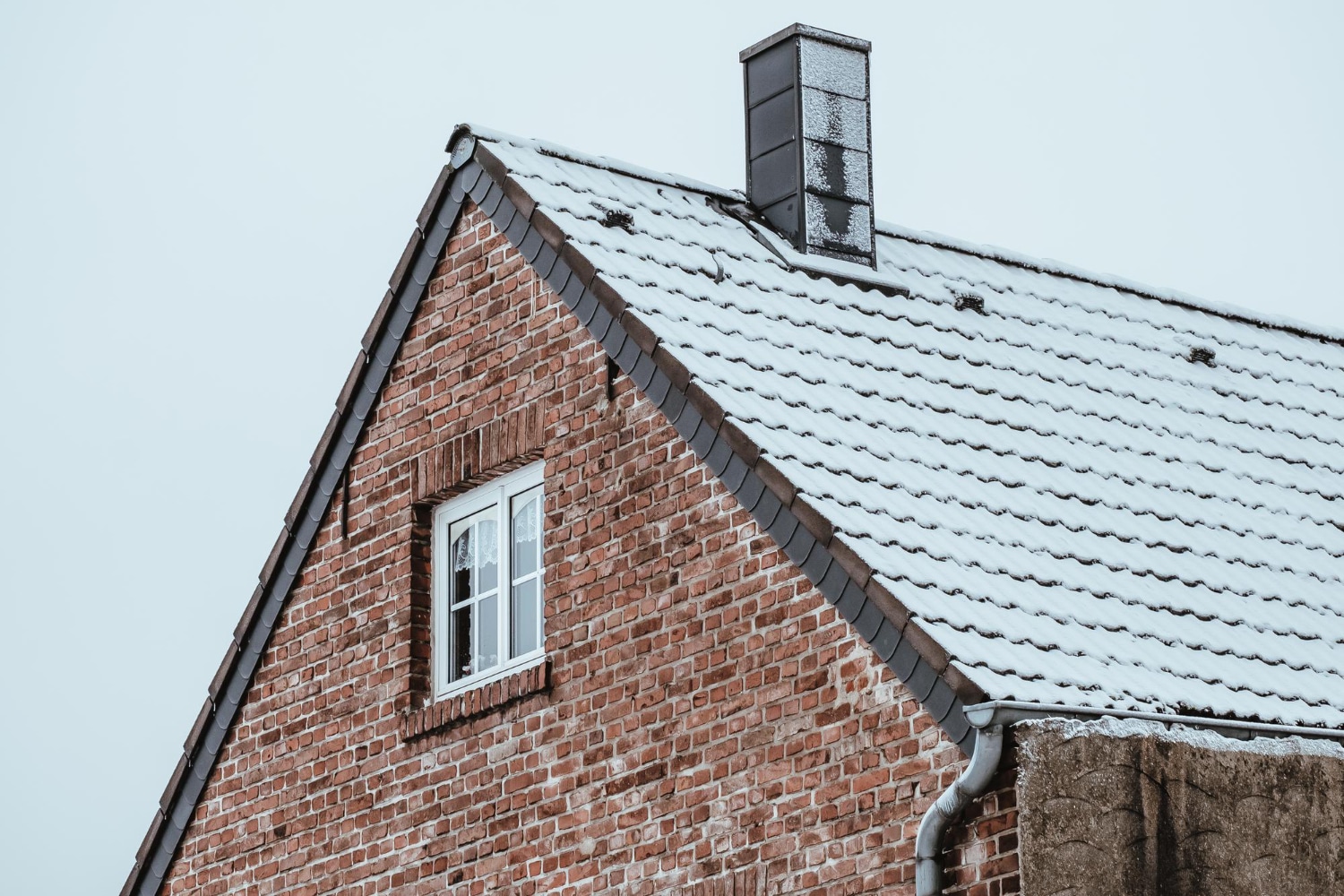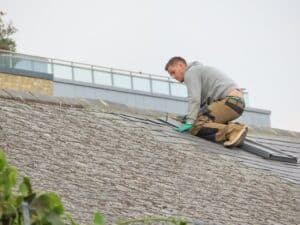Winter can be harsh on your roof, particularly for those with tile roofing. Cold weather conditions such as frost, ice, and fluctuating temperatures can create challenges that might lead to damage if not addressed in time. Understanding these issues is crucial to keeping your roof in good shape.
Tile roofs are durable but require some attention when winter weather sets in. Cracks, chips, and other problems often emerge when temperatures drop. It’s important to know how to spot signs of damage and take timely action. This approach helps prevent small issues from becoming bigger, costlier repairs down the line.
Taking steps to maintain your tile roof during the colder months is essential for its longevity and your home’s safety. By staying alert and prepared, you can ensure that your roof endures the winter without a hitch. Whether it’s through regular inspections or professional service, make sure your roof gets the care it needs to stand up to the season’s challenges.
Identifying Damage from Cold Weather
Common Signs of Cracked or Chipped Tiles
Cold weather can be particularly unforgiving when it comes to the integrity of tile roofs. One of the most common issues you might notice is cracked or chipped tiles. These can occur when water seeps into small surface pores and freezes, expanding to create larger cracks. This is especially common after a cycle of freezing nights and thawing days, which is typical in winter. Keep an eye out for visibly broken tiles or listen for telltale cracking sounds during cold snaps. Spotting these problems early allows you to replace or repair the tiles before they lead to leaks.
The Impact of Frost and Ice
Frost and ice build-up can be more than just an eyesore; they can wreak havoc on your tile roof. As frost melts and refreezes, it can lift and damage tiles, compromising the roof’s waterproof barrier. Ice can also block gutters, causing water to pool and seep under the tiles. This increases the risk of internal leaks and structural damage. Regularly checking your roof for ice and melting it safely can help you avoid these issues.
Recognizing Water Damage
Water damage is another significant concern that comes with cold weather. Signs of water damage include dark spots on tiles, mold growth, and a musty smell in the attic. Water can infiltrate through cracks, causing both visible and hidden damage. Inspect both your roof and inside your home for these signs, especially after winter storms. Addressing water damage quickly is essential to protect your home’s overall structure and keep repair costs down.
Effects of Temperature Fluctuations
How Changing Temperatures Affect Tile Roofs
Temperature changes, particularly the extreme shifts common in winter, can greatly impact tile roofs. When temperatures plummet, tiles contract; conversely, as they rise, tiles expand. This constant shifting can weaken the tiles over time, leading to cracks or the loosening of tiles. These changes make it crucial to monitor your roof closely during the winter months, ensuring that any signs of stress are managed quickly.
Dealing with Expansion and Contraction
The expansion and contraction of tiles don’t just affect their surface integrity; they can also impact how tiles fit together. Gaps can form between tiles, leaving room for water intrusion and wind damage. This process stresses the entire roofing system, weakening its ability to protect your home effectively. Using flexible sealants and regular maintenance can minimize the effects of this expansion and contraction cycle, keeping your roof in better shape.
Impact on Roof Structure Stability
The structural stability of the roof can suffer from repeated temperature fluctuations. Over time, the stress from shifting tiles can lead to loosening of the underlying support structures. This can cause tiles to slip or roofs to sag in places, creating risks for further damage or collapse. Regular inspections can catch these signs early. Knowing what to look for helps maintain the structural integrity of your roof, which is critical for safeguarding your home.
Maintaining Tile Roofs During Winter
To keep your tile roof in top shape during winter, regular maintenance is key. Begin with the basics: make sure to clear away leaves, branches, and other debris that might accumulate on your roof. This prevents moisture buildup, which can lead to moss growth or damage tiles.
Here are some essential tools for winter roof care:
– Soft-bristle broom or leaf blower to remove debris
– Sturdy ladder for safe access
– Garden hose for gentle rinsing
– Safety harness if walking on the roof is necessary
When cleaning, use safe techniques. Avoid harsh scrubbing or strong chemicals that might damage tiles. A gentle power wash can be effective, but ensure you’re using the right nozzle to prevent cracking the tiles. After cleaning, inspect the roof for any loose tiles or exposed underlayment.
Adopting these best practices ensures your roof stays strong throughout the colder months and minimizes the risk of bigger repairs when spring arrives.
Planning for Long-Term Roof Health
Setting up a seasonal inspection schedule is crucial for maintaining long-term roof health. Regular checks help catch minor damage before it turns into major problems. Aim to inspect your roof at the end of each season, focusing on tiles, gutters, and flashing.
Prepare your roof for extreme weather by reinforcing any weak points. Pay attention to repair needs, like fixing loose tiles or resealing gaps. Proactively addressing these areas boosts your roof’s resilience to harsh weather conditions.
Hiring professional roofing services adds an extra layer of protection. Professionals can spot issues that might be missed during a regular inspection and provide specialized care. Their expertise ensures your tile roof remains in great condition year-round.
Conclusion
With the right care and attention, your tile roof can withstand the challenges of winter and transition smoothly into spring. Paying close attention to maintenance and taking preventive steps this season will save you time and money in the long run. Regular inspections and a bit of DIY care work wonders in prolonging the life of your roof.
If you’ve kept your roof in check during winter, it’ll be ready to handle whatever spring brings. Preparing your roof in this way not only ensures its longevity but also maintains the safety and comfort of your home. By staying proactive, you can enjoy peace of mind knowing your roof is in excellent shape.
As spring approaches, it’s important to make sure your roof is in tiptop condition. If you require professional guidance or roof maintenance, our experts at Stratus Roofing are ready to assist. When it comes to tile roofing in Florida, we provide thorough inspections and quality repairs to ensure your roof remains safe and secure throughout the season. Contact us today to schedule an evaluation and secure your home’s greatest asset.







